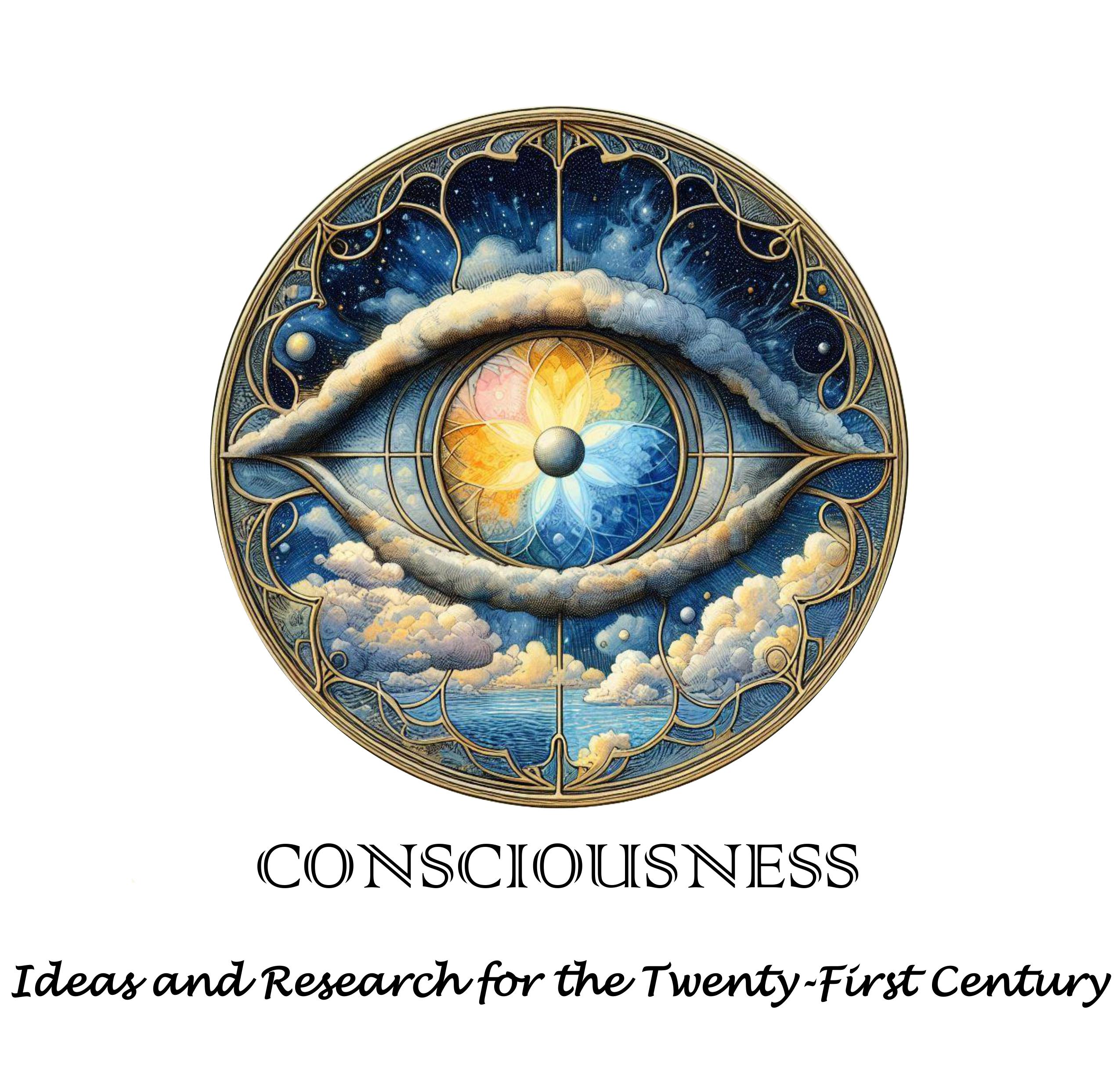
Abstract
A holoflux theory of consciousness as modulated energy is hypothesized and shown to support both local and non-local properties. This thesis emerges from an integral evaluation of evidence drawn from: (1) the holonomic mind/brain theories of Karl Pribram, (2) the ontological interpretation of quantum theory by David Bohm. Applying an integral methodology to superimpose and correlate seemingly disparate concepts from among these sources and others, a composite-theory emerges, a “holoflux” theory of consciousness, after the term favored by Karl Pribram to describe David Bohm’s “holomovement” between an explicate order andan implicate order. This Pribram–Bohm composite holoflux theory is shown to be congruent with established principles of physics, mathematics, and electrical engineering. Extending the panpsychist paradigm that consciousness is inherent in the structure of the universe, the thesis describes a dynamic energy process bridging the explicate space–time domain with a transcendent flux domain located at the spatial center, everywhere. This center is hypothesized to be synonymous with Karl Pribram’s “flux domain” and David Bohm’s “implicate order.” Extending the theories of Pribram and Bohm, the holoflux hypothesis maps reality as a nondual energy, cycling mathematically, lens-like, in a process of transformation manifesting in three modes: (1) electromagnetic energy in space–time, (2) holoflux energy in a transcendent order, and (3) vibrating isospheres at the boundary gap separating the implicate from the explicate orders.
Recommended Citation
Joye, Shelli R.
(2016)
"The Pribram – Bohm Hypothesis,"
CONSCIOUSNESS: Ideas and Research for the Twenty-First Century: Vol. 3:
Iss.
3, Article 1.
Available at:
https://digitalcommons.ciis.edu/conscjournal/vol3/iss3/1
Included in
Cognition and Perception Commons, Cognitive Psychology Commons, Other Life Sciences Commons, Other Neuroscience and Neurobiology Commons, Philosophy Commons, Psychiatry and Psychology Commons, Quantitative, Qualitative, Comparative, and Historical Methodologies Commons, Social Psychology Commons, Social Psychology and Interaction Commons


